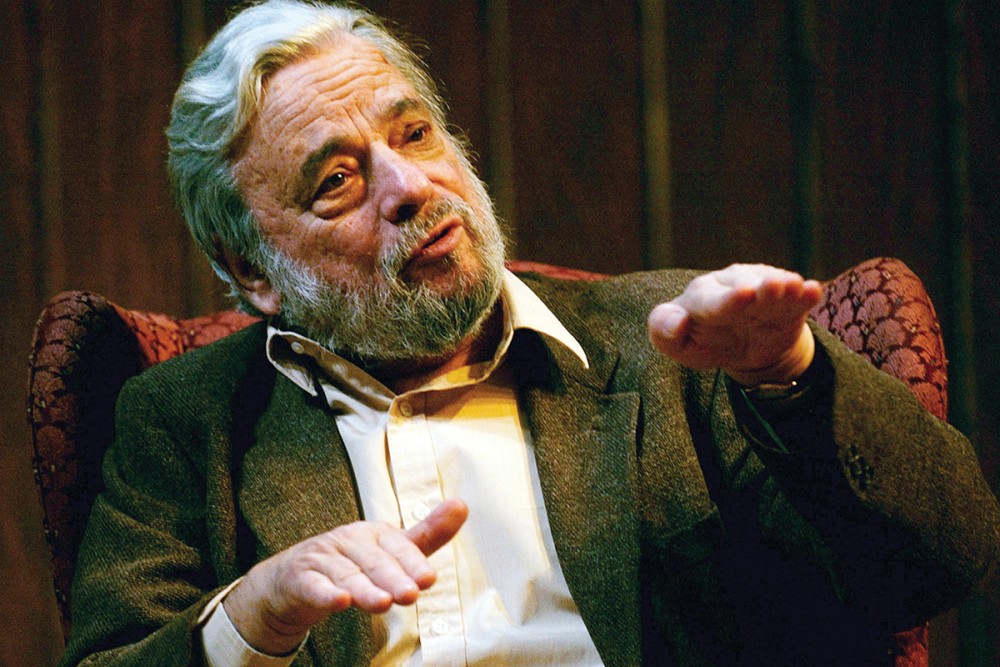Stephen Sondheim’s expressions of yearning
My spirituality was shaped by this secular artist’s powerful spiritual questions.

I remember my first encounter with the work of Stephen Sondheim, who died last month, with the vividness reserved for singular life events, like a first kiss—not only the where and the when but also precious details and, most of all, how it made me feel. On that night in 1979, when I left the theater after seeing Angela Lansbury and Len Cariou in Sweeney Todd, I was giddy with exhilaration. I was a student of the theater but, with rare exceptions, I didn’t much care for musicals. This was something different, however. It had the complexity and nuance of a great play in verse, but the story took flight on soaring music that immediately took up residence in my heart.
Without delay or hesitation, I shared my enthusiasm for the show with family and friends—or, at least, I attempted to. It was like trying to describe a religious experience. My descriptions were earnest but largely inarticulate. After all, it is difficult to convey how one could enjoy a musical about a vengeful barber who slits the throats of his customers and about his lover, Mrs. Lovett, who then bakes them into meat pies. It was also difficult to describe how levitated I was by the experience.
I then immersed myself in all of Sondheim’s earlier work. I was familiar with West Side Story, for which Sondheim wrote the lyrics at age 27, but I did not know any of the musicals for which he wrote both music and lyrics. I also made a point of seeing every new show—preferably before it officially opened, so I would be sure to see it before it closed. (One of his shows, Anyone Can Whistle, closed after nine performances.) Over the years, Sondheim’s music has accompanied me so continuously that it has become something like the soundtrack of my adult life.




